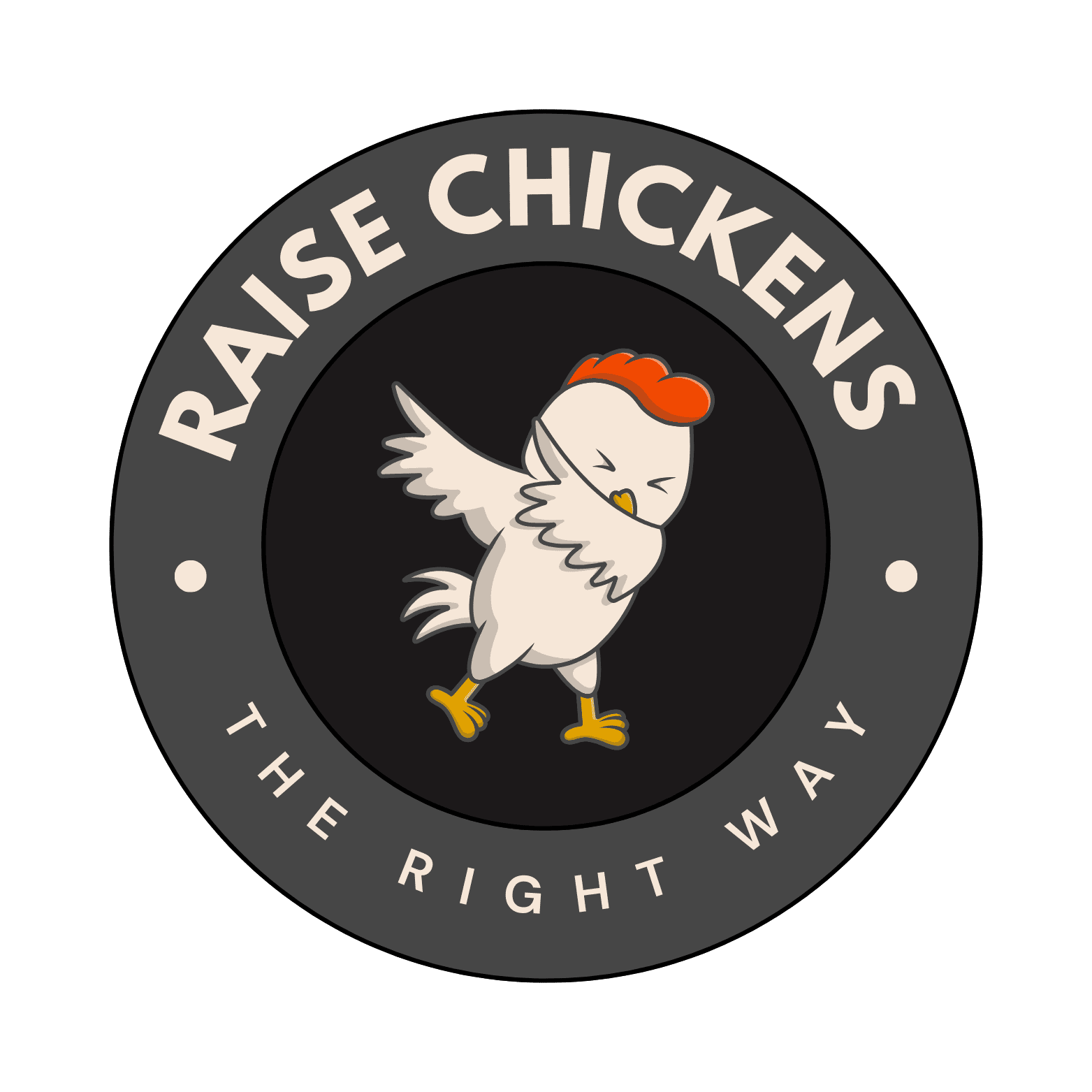Understanding Crop Candidiasis in Chickens: A Farmer’s Complete Guide
After spending over two decades raising chickens on my family farm, I’ve encountered my fair share of health challenges. Today, I want to share my experience with one particularly tricky condition: Crop Candidiasis. It’s something that every chicken keeper should know about, and I’ll tell you why.
Let me start by saying that when I first noticed one of my hens acting sluggish and refusing to eat, I didn’t immediately think of a yeast infection. But that’s exactly what Crop Candidiasis is – a fungal infection that can cause serious problems if left untreated.
What Exactly is Crop Candidiasis?
In simple terms, Crop Candidiasis is a yeast infection that affects a chicken’s crop – that special pouch in their neck where food is stored before digestion. I like to think of it as nature’s food processor gone wrong. The condition occurs when there’s an overgrowth of Candida albicans, the same fungus that causes thrush in humans.
Recognizing the Warning Signs
Through my years of experience, I’ve learned to spot the symptoms quickly. Here are the main signs I watch for:
The Treatment Approach That Works
I’ve found that treating Crop Candidiasis requires a multi-faceted approach. Here’s what’s worked best for my flock:
1. Antifungal Medication
I typically start with Nystatin, an antifungal medication that’s been a lifesaver on my farm. It’s important to note that you’ll need to consult with a veterinarian for proper dosing. I’ve learned that consistency in treatment is crucial – usually continuing for 7-10 days, even if symptoms improve earlier.
2. Probiotics: The Game Changer
I can’t stress enough how important probiotics are in treating and preventing Crop Candidiasis. They help restore the natural balance of good bacteria in the digestive system. I add them to my chickens’ water or feed, and I’ve seen remarkable improvements in recovery times.
Prevention: The Best Medicine
Over the years, I’ve developed a prevention strategy that’s helped keep my flock healthy. Here’s what I recommend:
Common Mistakes to Avoid
I’ve made my share of mistakes, and I’ll share them so you don’t have to learn the hard way. One of the biggest errors is assuming that Crop Candidiasis will clear up on its own. It won’t. Another common mistake is stopping treatment too soon. Even if your chicken seems better, complete the full course of treatment.
The Role of Diet in Prevention and Recovery
I’ve noticed that diet plays a crucial role in both preventing and recovering from Crop Candidiasis. I’ve had success with reducing carbohydrate-rich treats and focusing on protein-rich foods during recovery. Adding crushed garlic to feed (natural antifungal) has also shown promising results in my experience.
When to Seek Professional Help
While I’m confident in treating mild cases, there are times when professional help is necessary
